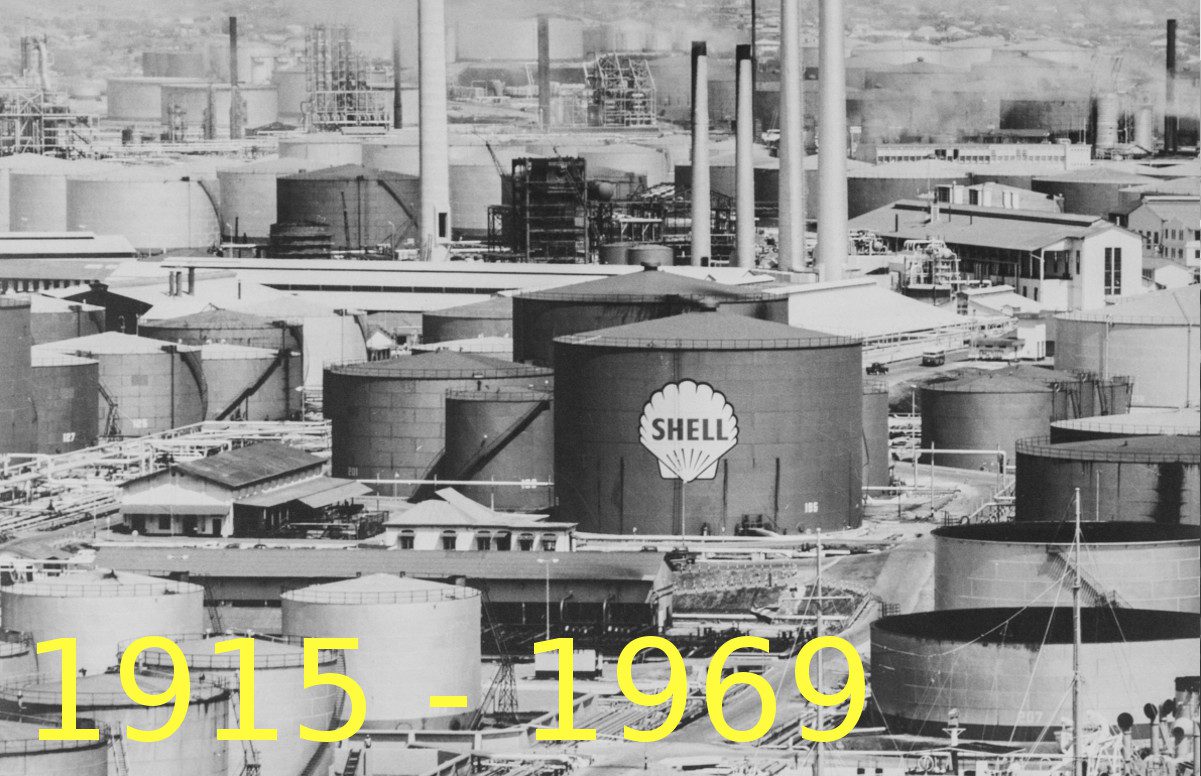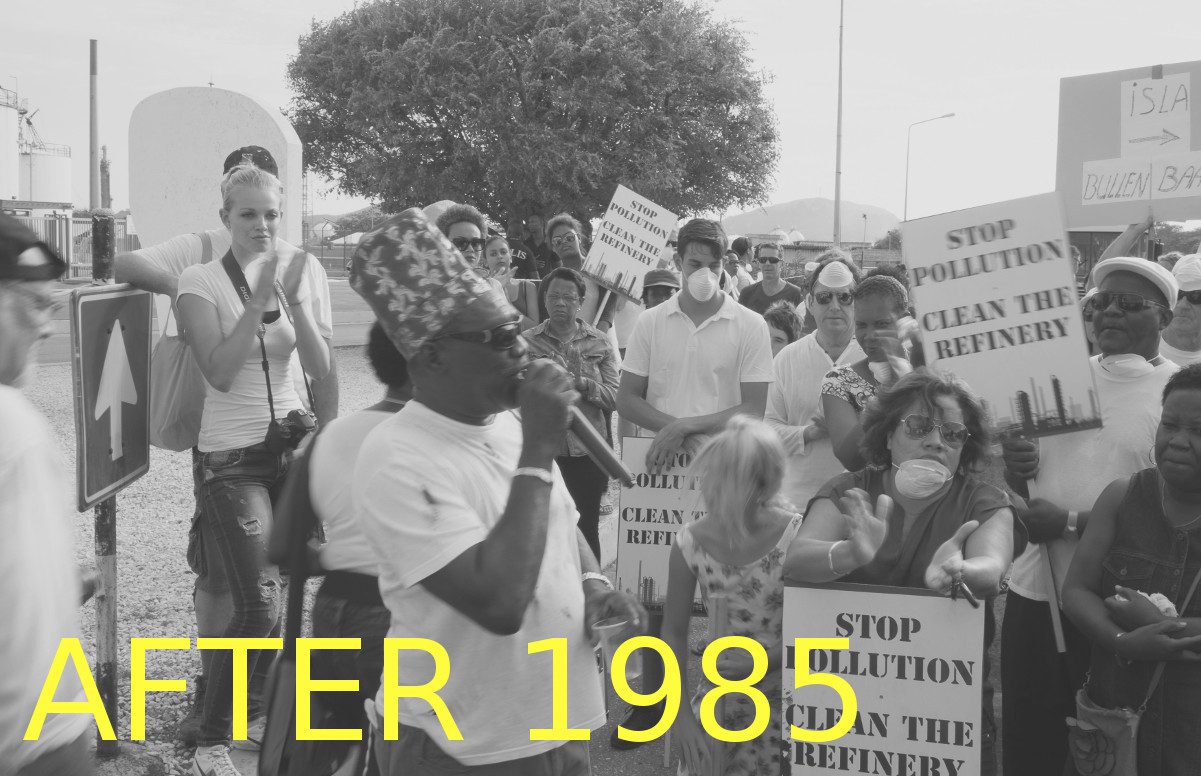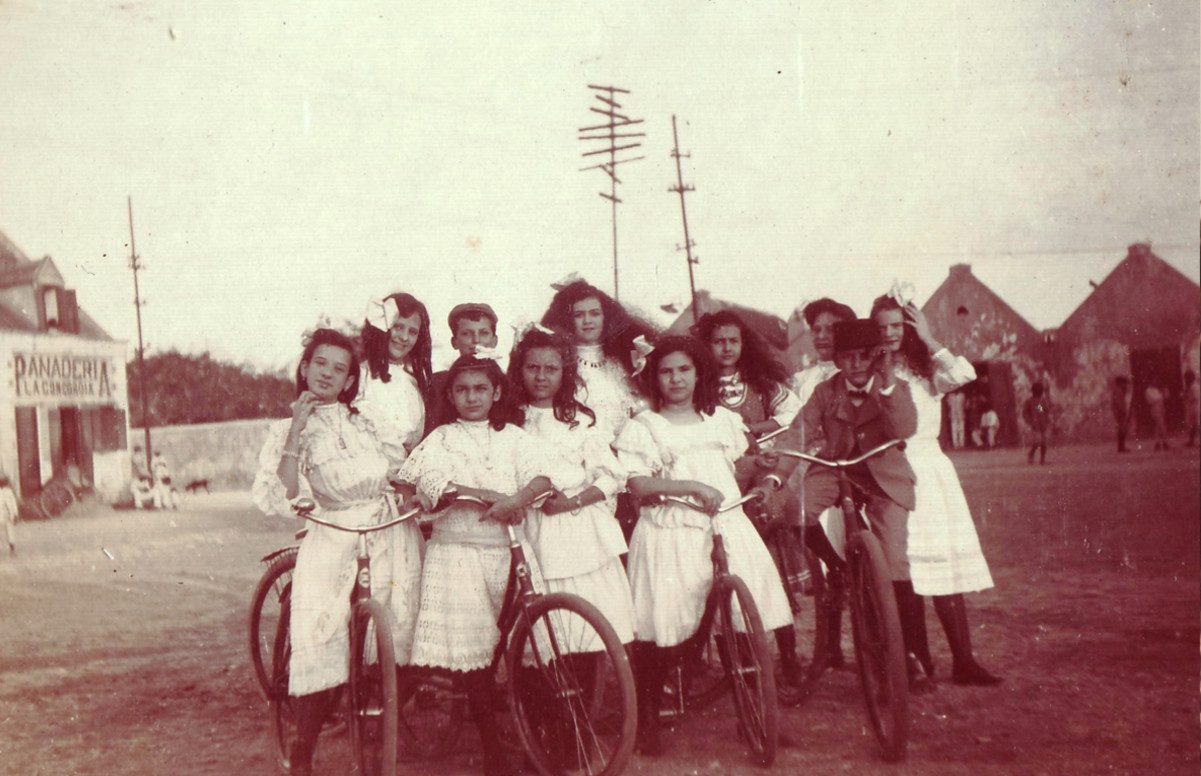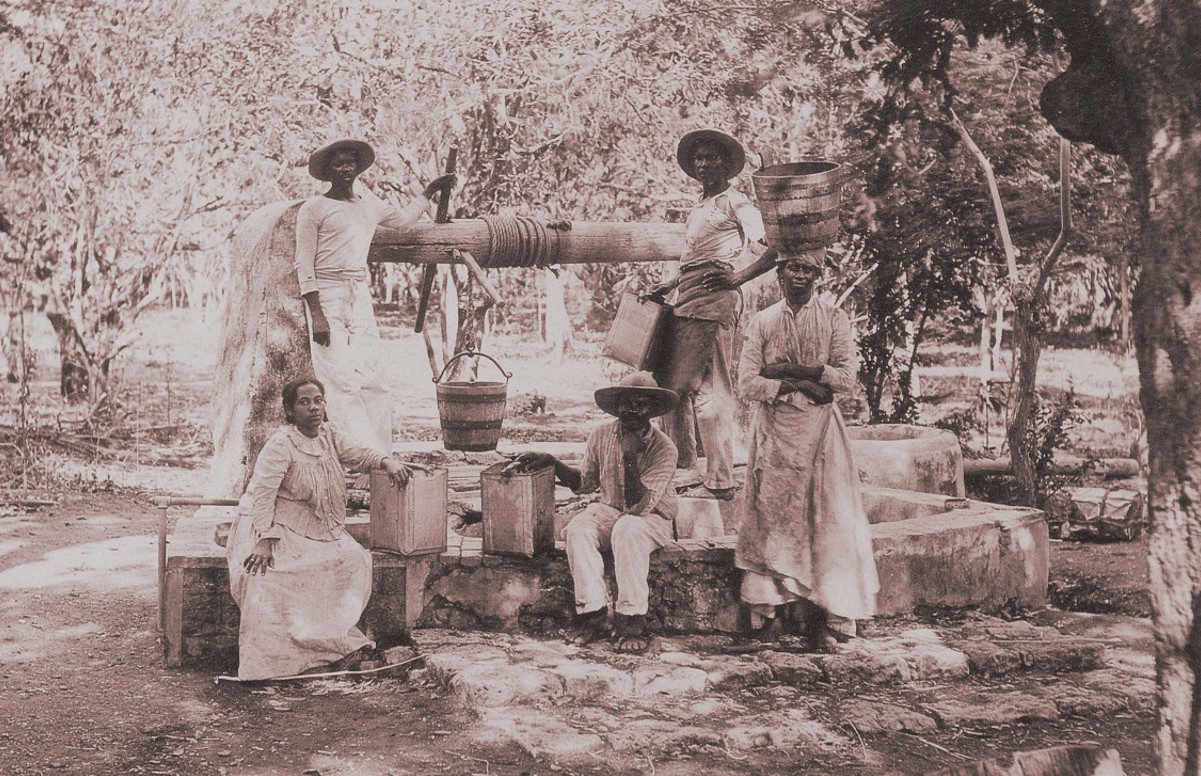
Isla den Nos Bida
100 years Refinery in Curaçao – 100 aña Refineria na Kòrsou
Exhibition
Curaçao before 1915
In 1915 Royal Dutch Shell in London decided an oil refinery was to be build on Curaçao by its subsidiary company Bataafsche Petroleum Maatschappij. Prior to the establishment of the refinery, Curaçao was known as a ‘destitute colony’. From the time of the take over of Curaçao from the Spanish by the Dutch West India Company in 1634, the island had been utilized as a trade post as well as a source for natural products, including brazil wood, indigo and salt.
This economy was based on and built by forced slave labor performed by Africans taken from their continent against their will. The emancipation of the enslaved Afro-Curaçaoan population in 1863 left many ‘free’, but without proper means to sustain themselves and their families. Many people were exposed to deep poverty. Dutch parliamentarian Van Kol remarked in 1904: “the way the majority of the population is able to stay alive on 10 cents worth of corn and 5 cents of fish or meat is a complete mystery.”
At the end of the 19th century the Curaçaoan population consisted of some 30.000 souls. Almost 15.000 people lived in town, while the other half lived in the rural areas of Banda’Bou and Banda’Riba. Other than a geographical division, the population at the time was often viewed based on religious affiliation. Before the arrival of the Industrial Era, 27.294 Curaçaoans identified as Catholic, 2.694 as Protestant and 839 as Jewish.
These three religious groups also reflected a division along lines of class and race. Academic A.F. Marks notes: “There was a color bar cutting across the whole of society, separating the white Protestants and Jews on the one hand from a number of colored strata on the other, where the white Protestant and Jews were known as shons or Sirs, who mostly lived in town.” Many Protestants either claimed Dutch or French (Huguenot) heritage, were employed by the Colonial Government as (top level) civil servants and churched in the Fort Kerk, embedded in the Fort Amsterdam government center.
As early as the mid-1600s Jewish settlers were permitted residence on Curaçao, initially to start agriculture in the area where the refinery is currently located. The Jews, however, able to tap into an extensive network of fellow Jewish trading partners across the Caribbean and the South American coast, quickly established Curaçao as a trading hub in the region. Being barred from government positions until the 19th century, the Jewish contingency grew into a formidable trading block.
The Catholics made up the largest group, with the racially mixed and well-to-do “mulattos” forming the top layer. Next below them sat a group of Afro-Curaçaoan homber chiki, the ‘small man’, who mostly lived in the rural areas as independent farmers. A small group of Afro-Curaçaoans lived in town as maids, yaya’s (nannies) or craftsmen. The bottom layer consisted of unemployed former slaves starving in the country side, 33 of whom still received financial help form the colonial government at the turn of the century.
Large scale immigration also affected the population. Many unemployed men left for other Caribbean islands, including Cuba.







